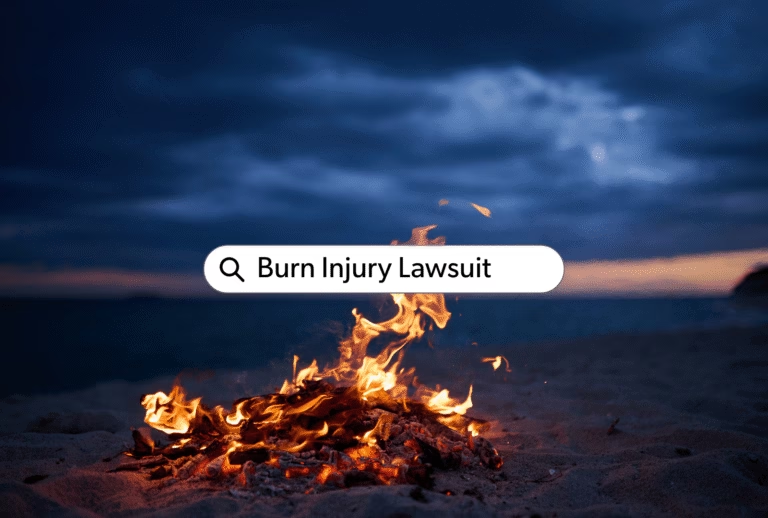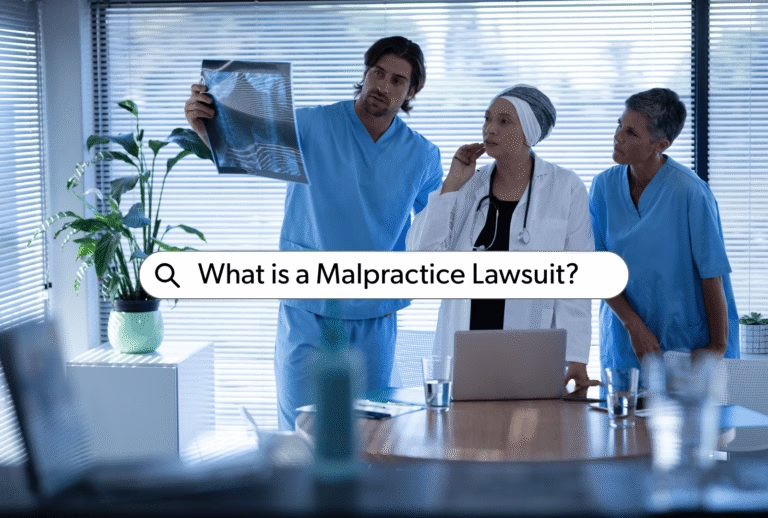California follows a pure comparative negligence rule when it comes to a personal injury case. This means that even if the injured person is partially responsible for their injuries, they may still be able to recover damages from the other party, but the damages will be reduced by the percentage of fault assigned to them.
In other words, if a plaintiff is found to be 50% at fault for an accident and the defendant is found to be 50% at fault, the plaintiff can still recover compensation, but the amount of the economic damages will be reduced by 50% to reflect their share of fault.
It’s important to note that California’s comparative negligence law applies in every personal injury lawsuit, including car accidents, slip and falls, and any other type of personal injury claim where someone’s negligence causes harm to another person.
If you were involved in an injury accident under California law and believe that the other party is at least partially responsible, you should speak with a personal injury attorney who can help you understand your legal options and pursue the compensation you deserve.
Lawyers for Justice, P.C. is a top personal injury law firm that takes on each personal injury case with care, but also with the strength to win – even under California comparative negligence laws.
Contributory Negligence vs. Comparative Negligence
Contributory negligence and comparative negligence are both legal doctrines used to determine fault and allocate damages in California injury cases, like a car accident or property damage lawsuit, for example.
Contributory negligence is an older doctrine that is rarely used in modern law. Under contributory negligence, if a plaintiff contributed in any way to their own injury, they would be unable to recover compensation from the defendant, regardless of the negligence contributed by the defendant. Even if the defendant was 99% at fault and the plaintiff was only 1% at fault, the plaintiff would still be unable to recover any damages under contributory negligence in California.
Comparative negligence (or comparative fault), on the other hand, is a more modern doctrine that is widely used in many states, including California. Under comparative fault, a plaintiff can recover money for his or her own injuries even if the plaintiff was partially at fault for the California personal injury accident. However, the plaintiff’s percentage of damages awarded are reduced his or her percentage of fault assigned.
There are two types of comparative negligence: pure comparative negligence laws and modified comparative negligence. Pure comparative negligence means that the plaintiff can recover costs regardless of their percentage of fault. Modified comparative negligence means that the plaintiff can only recover damages if their percentage of fault is below a certain threshold, typically 50% or 51%.
While contributory negligence eliminates a plaintiff from receiving damages if they are even slightly at fault, California’s comparative negligence laws allow a plaintiff to recover damages even if they are partially at fault. In such a case, the amount of damages are reduced based on their percentage at fault.
Pure Contributory vs. Pure Comparative Negligence
There is no such thing as “pure contributory negligence” in California personal injury cases. Contributory negligence was a legal rule that was been largely replaced by comparative negligence in most U.S. jurisdictions. Under contributory negligence, if a plaintiff was even slightly at fault for an accident, they would be barred from recovering any damages from the defendant.
Pure comparative negligence, on the other hand, is a legal doctrine that allows a plaintiff to recover damages from a defendant even if the plaintiff is mostly at fault for the accident. Under pure comparative negligence, the damages awarded to the plaintiff are reduced by the percentage of fault attributed to the plaintiff. For example, if a plaintiff is found to be 80% at fault for an accident and the defendant is found to be 20% at fault, the plaintiff can still recover 20% of the damages awarded.
It’s important to note that not all U.S. jurisdictions qualify as a pure comparative negligence state. Some states are modified comparative negligence states, which means that a plaintiff can only recover damages if their percentage of fault is below a certain threshold, typically 50% or 51%. Other states still follow contributory negligence, although this is becoming increasingly rare.
While pure comparative negligence allows a plaintiff to recover damages even if they are mostly at fault, pure contributory negligence does not allow a plaintiff to recover any damages if they are even slightly at fault.
Last Clear Chance Doctrine in California
The Last Clear Chance Doctrine is a law doctrine that can be used to allocate fault and determine liability in certain types of personal injury cases in California. Under this doctrine, even if a plaintiff is partially at fault for an accident, they may still be able to recover damages from the defendant if the defendant had a “last clear chance” to avoid the accident but failed to do so.
To prove the Last Clear Chance Doctrine in California, the plaintiff must show that:
- They were in a position of danger and unable to avoid the accident;
- The defendant knew or should have known of the plaintiff’s danger and inability to avoid the accident;
- The defendant had the last clear chance to avoid the accident by taking reasonable steps;
- The defendant failed to take those reasonable steps; and
- The defendant’s failure to act caused the accident and the plaintiff’s injuries.
The Last Clear Chance Doctrine is most commonly applied in cases involving pedestrian or bicycle accidents, where the plaintiff may have been jaywalking or riding a bike outside of a designated area. If the defendant had a clear opportunity to avoid the accident, such as by slowing down or swerving, but failed to do so, they may be found liable for the plaintiff’s injuries, even if the plaintiff was partially at fault.
It’s important to note that the Last Clear Chance Doctrine is a complex legal doctrine, and it’s not always easy to prove. If you have been injured in an accident in California and believe that the Last Clear Chance Doctrine may apply to your case, you should speak with a personal injury attorney who can help you understand your legal options and build a strong case.
Last Updated on May 9, 2025



